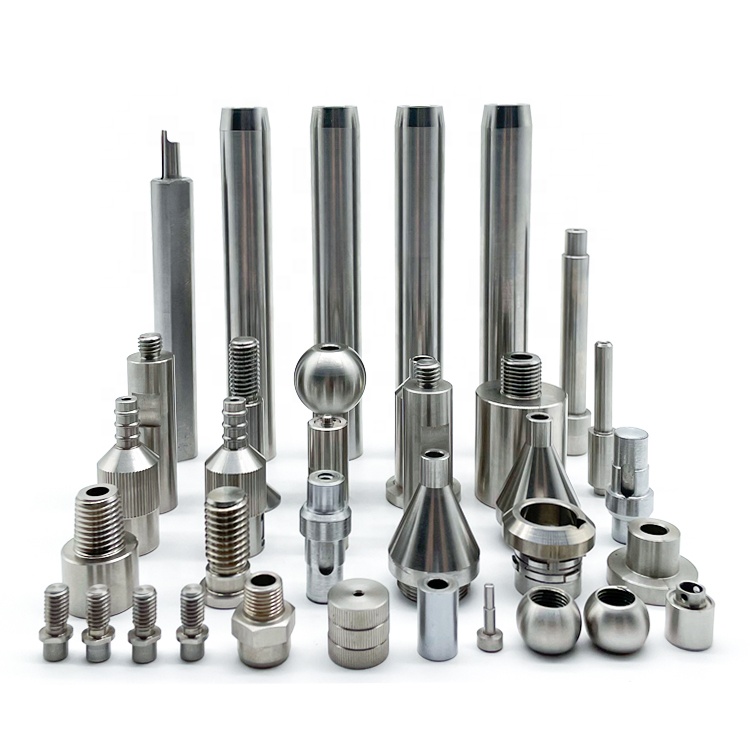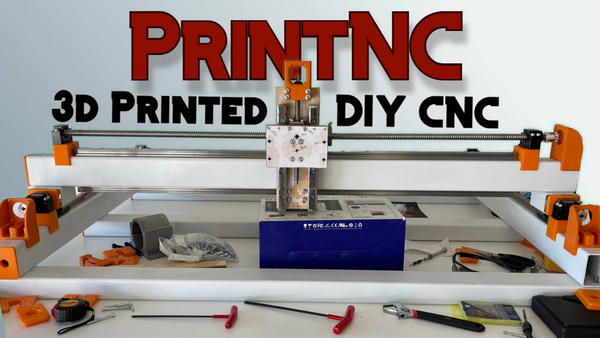Both AddUp, a company that specializes in metal 3D printing, and ECM Group, a company that provides heat treatment solutions, have signed a partnership agreement in order to collaborate on the development of heat treatment solutions for 3D printed metal parts. Powder Bed Fusion (PBF) and Directed Energy Deposition (DED) are the two types of three-dimensional printing technologies that AddUp specializes in. Among these are the PBF3D printing technology, which is often used to manufacture metal parts with complex geometry and improved performance; the DED3D printing technology, which is often used to repair parts or to manufacture some metal parts in conjunction with CNC machining; and the FDM3D printing technology, which is often used to manufacture plastic parts with complex geometry and improved performance.
The critical heat treatment of the part is an integral part of the PBF technology used in 3D printing. As a result, AddUp and ECM Group decided to form a partnership in order to pool the expertise and experience of both companies in order to jointly develop solutions that have a significant increase in value. Because the laser is always moving during the printing process, the material is rapidly heated and cooled, which can result in either expansion or contraction depending on the circumstances. This has a tendency to create stresses within the components that are manufactured as a result. After printing a metal part, it is frequently necessary to put the part through one or more heat treatment cycles in order to achieve the desired level of homogeneity in the material, as well as a reduction in the amount of internal stress it contains. This will allow the part to have the desired level of mechanical properties.
The Parts Production Manager at AddUp, Jean Rivoire, stated that heat treatment is very important for 3D printed metal parts. This is because heat treatment helps to reduce the internal stresses that are generated during the printing phase, as well as helps the material adapt to the microstructure of the material and its properties. ECM Group will use their existing vacuum furnace to develop a heat treatment vacuum furnace designed specifically for 3D printing metal parts. This will result in a reduction in the amount of time and money that is spent on manufacturing AddUp's products.
The Renewable Energy Company of General Electric kicked off a brand new project in April of this year, which involved the 3D printing of the towers of wind turbines. Tower components that are up to 20 meters tall. The wind power tower's construction site will serve as the location for the production of additional components as part of this project. On-site production, as opposed to production in a factory, offers a number of benefits, including a reduction in the cost of shipping finished parts and the creation of jobs in the surrounding areas.
Companies that focus on renewable energy are currently conducting tests in the United States to try out a new manufacturing method with the intention of creating wind power towers that are more effective and sustainable. These companies have high hopes that they will be able to finish the various stages of development work and begin commercial production within the next five years. After that, it is possible that it will be used to build wind farms in less developed regions such as Africa.
It is common knowledge that their 3D printed tower base is not the metal frame of the existing wind turbine; rather, it is a concrete tower base. The rotor blades and any other wind turbine accessories can be installed on top of the concrete tower base. One of the benefits of using concrete is that it can be obtained from nearby locations. To produce spare parts for trains utilizing 3D printing technology, the French rail transit Plastic 3D Printing company Alstom is currently collaborating with Replique, a subsidiary of the chemical company BASF. Replique is responsible for the production of the parts.
Replique collaborated with Miele at an earlier stage and formed a strategic alliance with them so that they could carry out this project without any hiccups. Alstom has digitized some of the train's spare parts, created 3D model data of these parts through 3D scanning and modeling, and established a database in order to make it possible for train maintenance teams all over the world to print out a variety of spare parts as needed. In addition, the project made use of wire extrusion technology, which is likely to be the first time that this technology has been applied to the production of spare parts for trains. The project was a success and is currently ongoing.
The material used in wire extrusion technology is wire rather than plastic wire such as PLA. However, the technology is very similar to FDM3D printing technology, which is the most common type of 3D printing technology. Because the surface of the printed part is relatively rough, sintering will be required to increase the part's strength, and post-processing will include grinding and polishing. The advantage of this technology is that the printing speed is fast, and the price is low; the disadvantage is that the surface of the printed part is relatively rough. Despite this, the integration of wire extrusion technology is gradually improving, which is leading to an increase in the technology's application.
For the purpose of this project, the two businesses utilized an aluminum alloy wire material in conjunction with extrusion 3D printing and sintering to produce an extremely cost-effective component. Machining, in its broadest sense, refers to any and all processes that involve the use of machines, while machining, in its most specific sense, refers to the practice of using a variety of machine tools to cut metals and plastics. In the industrial world, the term "machining" is typically reserved for a more specific sense of the word. As a result, its meaning is virtually identical to that of subtractive manufacturing, despite the fact that the former is typically referred to as "machining. ".

Milling, turning, and grinding are the three processing methods that see the most widespread application among the many different machining methods. Milling is a versatile machining process that is used for producing a wide range of parts, including those for automobile engines, molds, smartphones, and electronic components, amongst others. Milling is a process that involves fixing the blank or workpiece to the processing platform, after which the tool moves in accordance with the settings of the program to cut the blank or workpiece and obtain the desired geometric shape. This method is best suited for the processing of square parts.
Turning is another type of very common processing technique that can be used to manufacture a wide variety of components, such as the shafts for automobiles and the precision components for mobile phones. The blank or workpiece is fastened onto the spindle and turned at a high rate of speed during the turning process. In order to achieve cutting, the tool makes contact with the blank or workpiece along the path that has been set. This method is more suited Wire EDM Parts for the processing of cylindrical parts.

Grinding is a method of processing that is frequently utilized in the finishing of precision parts such as crankshafts and bearings for automobiles. It is possible to achieve a precision of one micron when working with metal surfaces. Grinding is a method of processing that involves pressing a high-speed rotating grinding wheel onto the workpiece in small increments. This causes relative movement between the workpiece and the grinding wheel, which in turn removes the workpiece in the form of chips and finishes the workpiece into the desired shape and size. Time required for the overall processing is greater than that required for milling and turning. Additionally, materials that are difficult to cut, such as cemented carbide, as well as unique materials, such as semiconductor wafers and ceramics, can be easily processed using hard grinding wheels. Mirror polishing of metal surfaces CNC milling services to an accuracy of 0. 1 microns can be achieved through the use of precision grinding.





